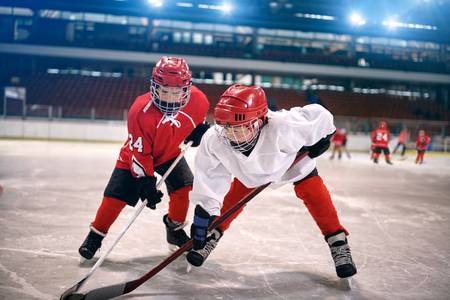Rules of Ice Hockey
Ice Hockey is a sport played by two opposing teams on the ice. Each side is made up of six members who include a goaltender, two defencemen and three forwarders. However, the team members can be substituted at any time during the match. The matches are played in three periods 20 minutes each. There are officials including the referee and linesmen who regulate the game. The officials help in observing the following rules as the match is happening.
Offside
 The game periods are 20 minutes long, which means that everything happens so fast. If during a match a player enters the opposing team’s defensive zone before the puck, the player will be regarded to be offside. At any given moment, ice hockey players must never cross over to the opposition’s defence zones before the puck. When a foul happens, the game halts and the puck is taken back to a neutral zone for a face-off.
The game periods are 20 minutes long, which means that everything happens so fast. If during a match a player enters the opposing team’s defensive zone before the puck, the player will be regarded to be offside. At any given moment, ice hockey players must never cross over to the opposition’s defence zones before the puck. When a foul happens, the game halts and the puck is taken back to a neutral zone for a face-off.
Icing
Icing refers to the puck being hit from one half of the field into the goal net of the opposing team without the ball coming into contact with other players. For a goal to be legit in ice hockey, the puck must be passed along from one player to another until they reach the goal line. If an icing happens, the referee halts the match, and the puck is taken back to the position where it was initially hit. To avoid this, players must ensure they are on the opposition’s half before striking the puck into the goal net.
Physical Contact
Although hockey is commonly known for the roughness involved with the players, there are rules about it. Players are allowed to tackle other players from the front or side. However, coming at a player from the back is an offence and mostly ends up in a penalty. Also, other irregularities such as elbowing, pushing players against the walls and striking players using the hockey sticks are banned.
